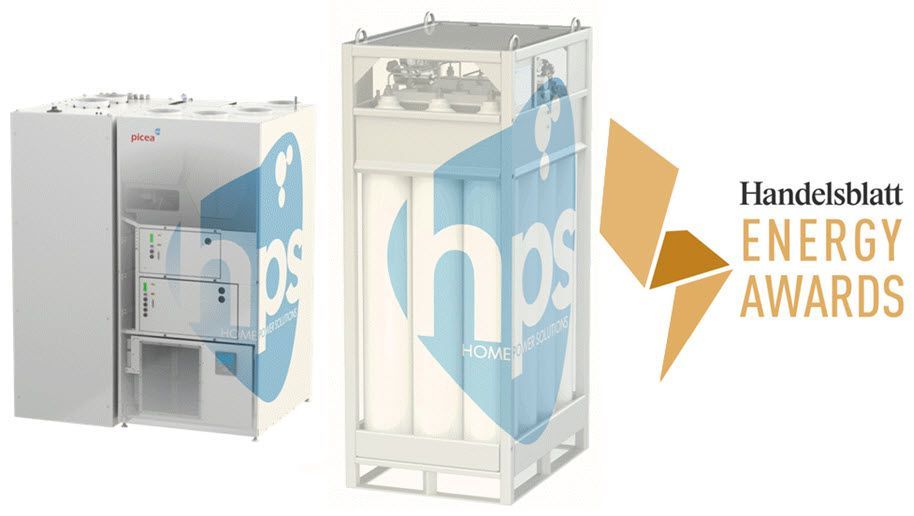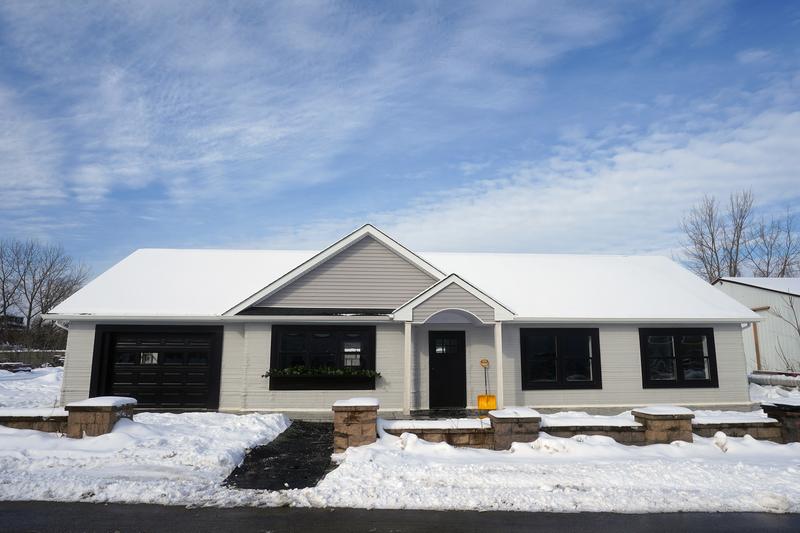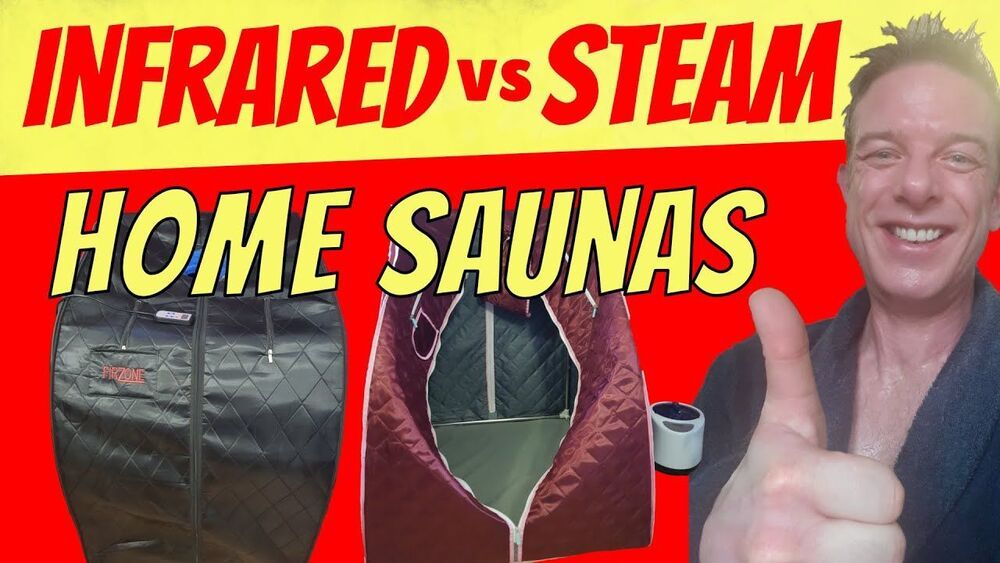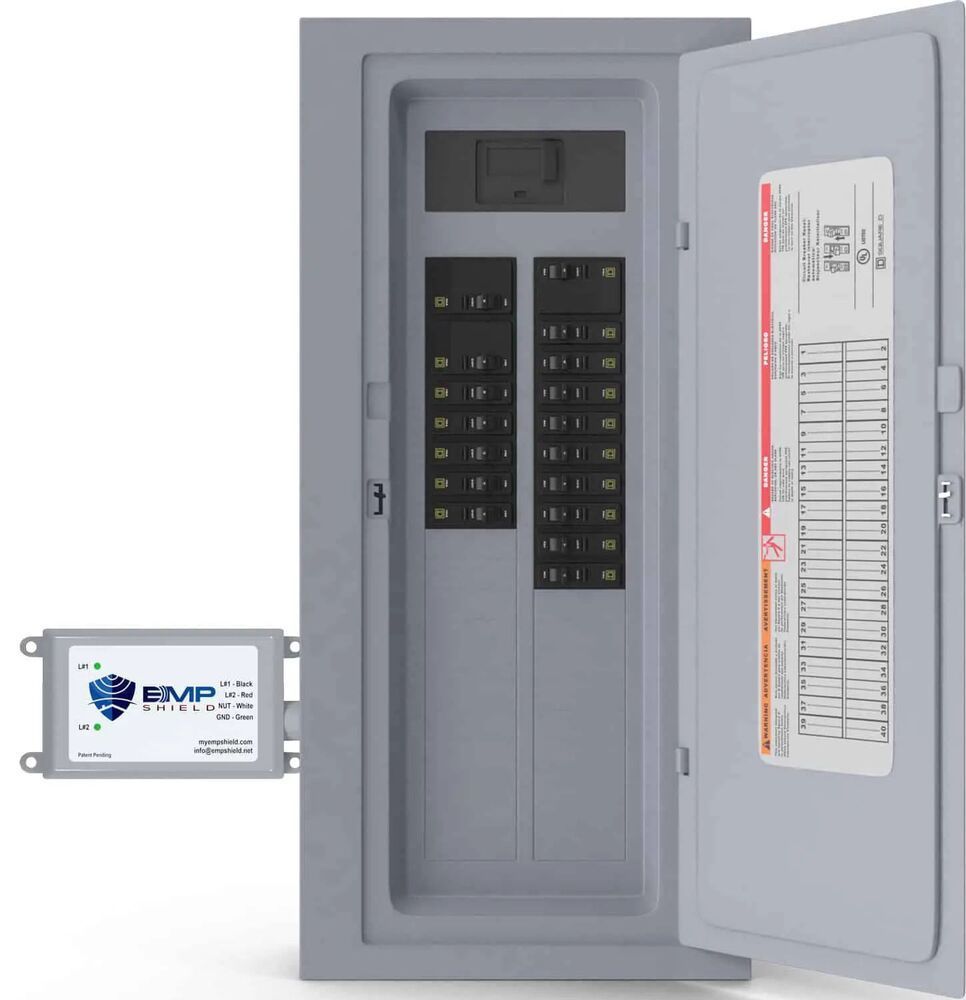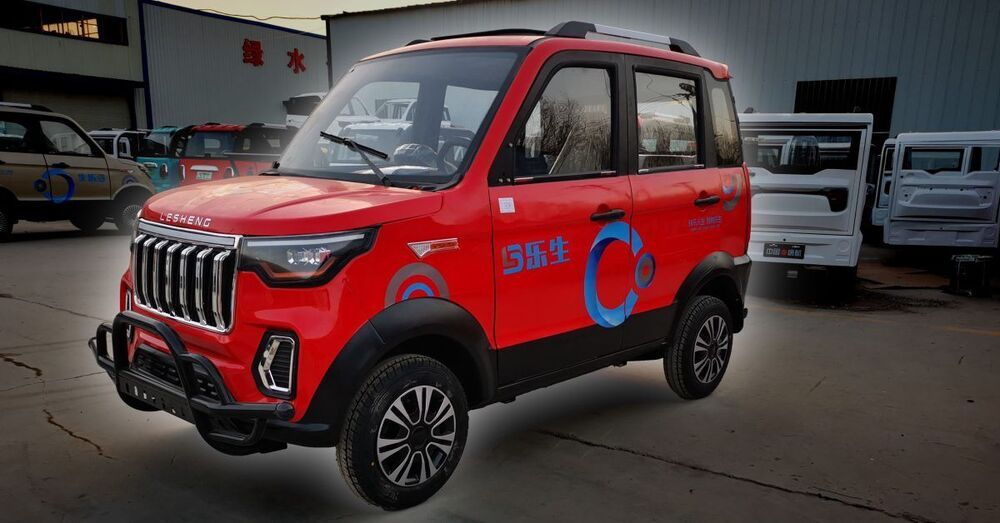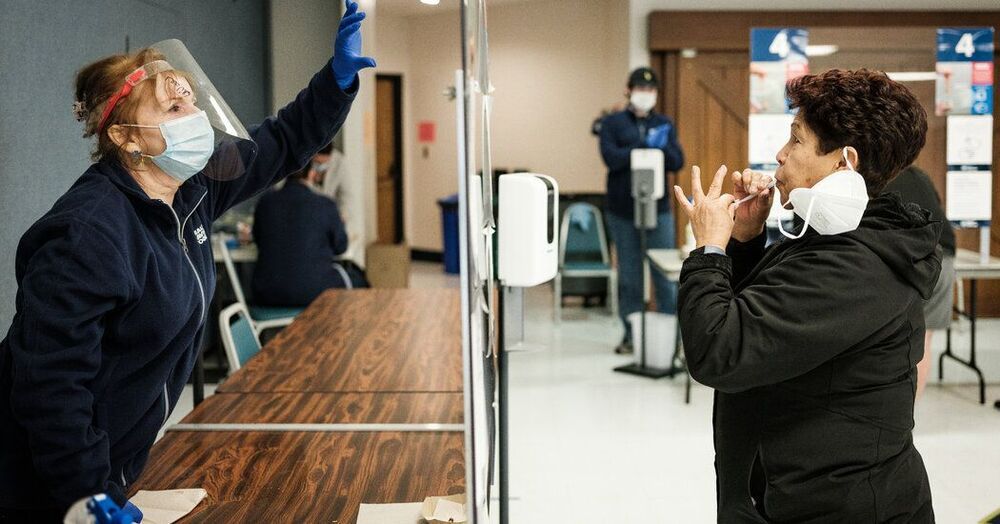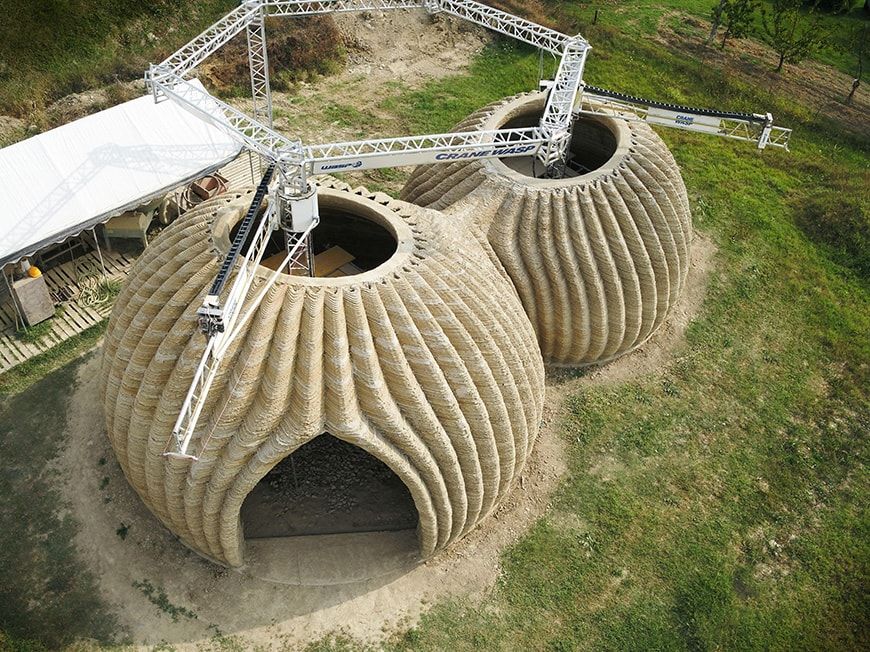What would a habitat on Mars look like? Kind of like this.
Category: habitats – Page 68
Berlin –Berlin-based HPS Home Power Solutions is pleased to announce it has received the 2021 Handelsblatt Energy Award in the category of “Smart City” for its picea system, the first marketable independent, solar-hydrogen powered CO2 free home energy system worldwide. The award was given by a top-class jury.
Based on a combination of solar energy and innovative hydrogen technology, the picea system is the first year-round, CO2 free, independent power supply for one-and two-family houses. The picea system is highly effective with about 90% utilization rate and offers more than 100 times the storage capacity of standard household-storage batteries.
“We are extremely pleased to receive this award recognizing the development of our picea system into a marketable clean energy solution,” said Zeyad Abul-Ella, co-founder and managing director of HPS Home Power Solutions.” HPS has made hydrogen technology more widely available to household consumers for the first time. Our product will be indispensable in the smart cities of the future. The Handelsblatt award is a recognition of the considerable reduction of CO2 emissions picea offers and the value of German innovation in the field of climate protection technology,“he added.
Most homes are built block by block, or brick by brick. But a demo house in Calverton, New York, was constructed scan by scan — its walls made using a giant three-dimensional printer.
We all know the benefits of saunas on our mental and physical health, indeed, I recently did a video on just that, but what about the home saunas that are available so you can get the benefits as often as you desire, without having to leave the comfort of your own home, especially relevant in the current climate and recurring lockdowns… Well I have been testing both steam and infrared varieties extensively over the last year and have put together a quick guide on the pros and cons on both types. So if you have been thinking about investing yourself, or indeed you want to know which type is best for you, why not check out this video for further information. Have an awesome day…
Having already looked at the benefits of saunas, just how do home portable saunas stack up. Are they worth the expens…
🛡World’s First EMP Defense Technology. Protects Your Entire Home’s Electrical System!
🔥Available to the Public Now!
Resume Video.
Shop Nowempshield.com
EMP Shield is the Worlds First entire home EMP protection device. The Shield also protects against, lightning, solar storms, power surges & smart meter fire.
Whether toting the neighborhood kids home after soccer practice or loading up for a road trip, SUVs offer the ultimate in vehicle utility. If you’re in the market for an electric SUV though, the options are both few and pricey. Unless of course you head on over to the coolest little corner of the web, the electric vehicle market on Alibaba.
Property rights of some type are needed in space to establish reliable operations based there, Yet the 1967 Outer Space Treaty is a huge challenge to this. See the countries that did not sign the 1967 outer space treaty, Credit to the L5 Society for stopping the moon treaty, See an introductory talk on what we can do about this. Also see that Asgardia was NOT the first space nation!
You can support Galactic Gregs by supporting the sister channel Green Gregs by clicking the links below:
See the Special Deals at My Patriot Supply (great space mission food): www.PrepWithGreg.com.
For gardening in your space habitat (or on Earth) Galactic Gregs has teamed up with True Leaf Market to bring you a great selection of seed for your planting. Check it out: http://www.pntrac.com/t/TUJGRklGSkJGTU1IS0hCRkpIRk1K
Though vaccination has begun to fall in some cases, epidemiologists say rapid tests may be the only way to reopen economy.
Join our COVID platform!
The University of California, Davis, is providing free testing, masks and quarantine housing to tens of thousands of people who live nearby.
“TECLA (an acronym which stands for “Technology and Clay”) is a habitat consisting of two interconnected housing units, each covered by a semi-spherical dome. The units have been built using multiple Crane Wasp printing units operating simultaneously. Crane WASP is defined by the manufacturer as “a collaborative 3D printing system capable of printing houses” and can print various materials — such as earth-based materials, concrete mortar, and geopolymers — with a maximum speed of 300 mm/s and a maximum printing area of 50 sqm per unit. The design of the habitat features two or more “cocoon-like” housing units, whose shape vaguely resembles that of a sea urchin, in which structure, insulation, and finishes coincide. The thick raw earth walls of the units have a hollow structure consisting of several clay “waves”, which makes them at the same time relatively lightweight, resistant, and highly insulating. About 200 printing hours are required to build each unit, which consists of 350 clay layers, each 12 mm thick.”
Designed by Mario Cucinella and build by WASP, TECLA is a prototype house near Ravenna, Italy, made by 3D-printing a material based on locally-sourced clay.

